Showing results 151-160 of 525 for cast
Search results
-
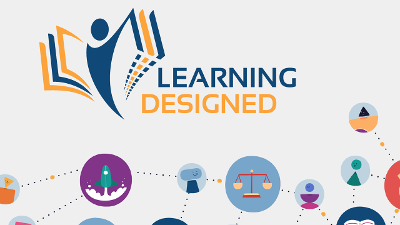
Thursday, March 26, 2020
CAST supports New Hampshire educators through Learning Designed.
-
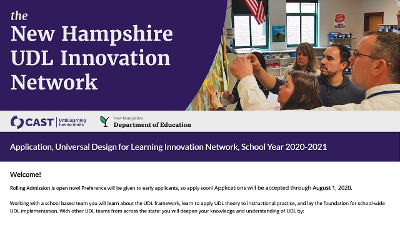
Monday, July 6, 2020
Are you an educator working in a New Hampshire school? Applications for the New Hampshire UDL Innovation Network 2020-2021 school year are due August 1, 2020!
-
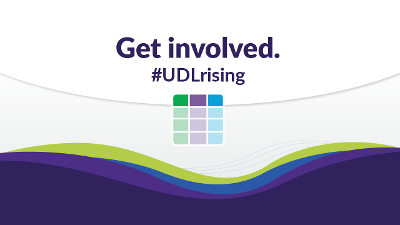
Tuesday, October 6, 2020
Collaborate with us to update the UDL Guidelines, a research-based tool for designing and implementing inclusive learning environments.
-

Friday, June 24, 2022
With deep heartache, we grieve the loss of our longtime friend, mentor, and collaborator Dr. Tom Hehir. CAST is deeply honored to have been one of the many organizations inspired and impacted by Tom’s work.
-
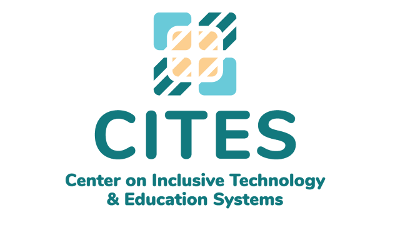
Tuesday, September 3, 2024
CAST’s Center on Inclusive Technology and Education Systems (CITES) is excited to announce its 2024-2028 National Cohort of state partners, further advancing its mission to create inclusive education technology solutions in schools and districts nationwide.
-
Report
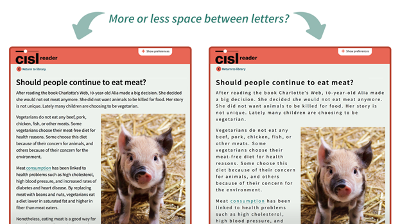
CISL at CAST, 2023
The option to adjust the spacing between letters and words is an option that makes documents accessible for all. Do you prefer reading text with the letters spaced more closely together or further apart?
-
Report
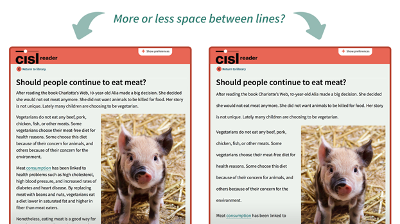
CISL at CAST, 2023
Options to adjust line spacing can impact the accessibility of text and the level of engagement a reader has with the text. Readers value choosing to have the lines of text closer together or further apart.
-
Report
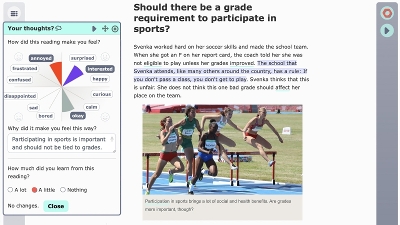
CISL at CAST, 2023
Applications and tools that capture and display learner affect, such as a mood meter, support students in identifying, assessing, and reflecting on their emotional state when engaging in readings or other learning activities.
-
Report
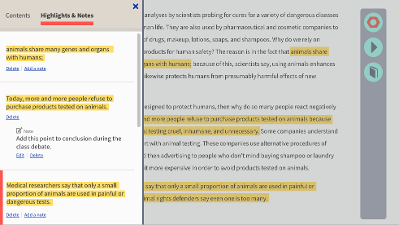
CISL at CAST, 2023
Annotation can include multiple strategies but generally refers to highlighting interesting or important parts of a text and writing notes about the text as a person reads. Annotations typically include a person’s thoughts, reflections, and questions.
-
Report
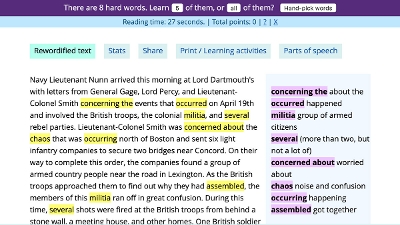
CISL at CAST, 2023
Automated text simplification uses automated processes like natural language processing, machine learning, or artificial intelligence (AI) to change how texts are worded to make them easier to understand.
